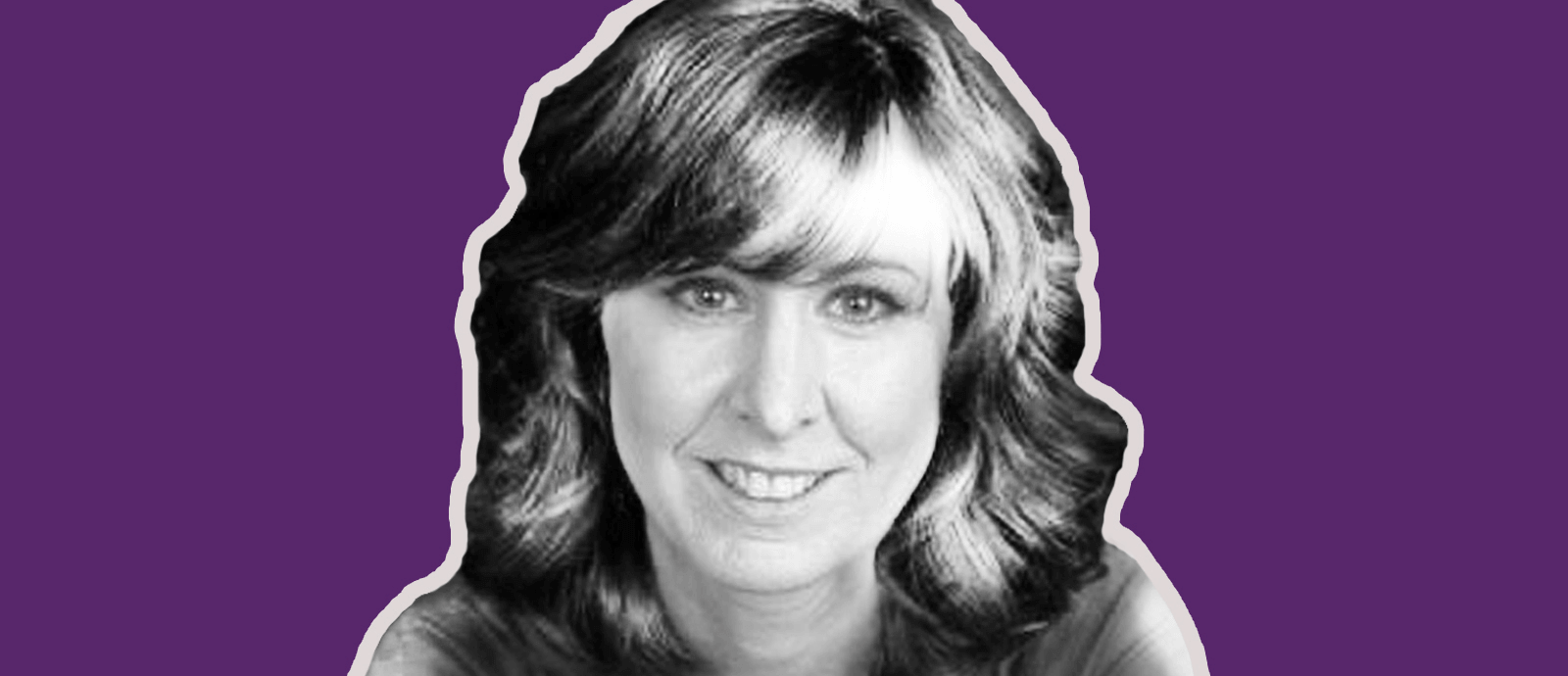The conversation around screens, their impact on children and uneasiness about kid-targeted advertising has been limited until now, recently launched, Pinna brings a new twist to the space by introducing the first on-demand audio service featuring podcasts, music and audiobooks curated exclusively for kids. Pinna’s CEO, Maggie McGuire joins Vivaldi’s CMO Agathe Blanchon-Ehrsam to discuss how platform thinking has helped Pinna define its value proposition, crack the monetization puzzle, and elevate its marketing strategy.
See below for highlights from their conversation:
Q: Can you share a little bit more about the concept, the idea, where it came from, and what you offer today?
A: Pinna is the first audio on-demand service for kids offering podcasts, music and audiobooks all in one place, making it really convenient for parents, teachers, kids, and students to easily discover across audio formats. Before Pinna, you would discover audiobooks through a variety of different services or a la carte purchases on Barnes & Noble or Amazon. You would stream music either through a streaming service of choice or on the radio. Podcasts were fairly difficult to discover for kids and we really believed that there was an opportunity to…
1) bring all those formats together into a service that makes everything easily discoverable,
2) elevate the understanding and awareness of podcasts for kids,
3) produce podcasts at scale, offering a new format in the audio space, and
4) capitalize on the popularity and growth of podcasts at the adult level.
Q: How do you make sure that that content is really meaningful and fits what kids want to be listening to today?
A: There are a couple different criteria that go into how we think about what content makes sense for Pinna. First, it’s really important for us, longer-term, to ensure that our portfolio of content is reflective of all kids, that all kids can see themselves in our stories, our songs, our podcasts, and audio shows. With that lens, we’re constantly looking for a diverse portfolio of content representative of all different interests, passion, topics, and personalities that kids have.
We do two things when aggregating content. We acquire content from very well-known, high quality, reputable partners like Scholastic, American Public Media, WNYC, Highlights and Random House. We also produce original content for the Pinna platform. And our team all hail from the kids media space, whether they were game designers, print authors, television show developers, etc., which is a lovely cross-section of capabilities, all bringing a real lens on what makes sense for kids to the table. In all of our Pinna originals, we hypothesize about what will make kids laugh, giggle, wonder, or puzzle, and then we kid test it.
Q: How did you decide on a subscription model? What are the some of the other financial models that you looked at?
A: The most common model before the launch of Pinna was an ad-based model. When you think about Pinna, we’re bringing three different formats that live in three different places today in the marketplace all with varying models behind them. So audible has a subscription service, but it’s not just for kids. It’s not cordoned off, COPPA compliant, it’s not a walled garden where I can hand over the device for kids to browse freely. Then there are streamers like Spotify, Pandora and Apple Music that have a freemium model. You either get the service with or without ads. In the audio books and podcast space, especially on the kids level, there is no service. Nobody has created a service other than putting kids podcasts out onto Stitcher, Apple Podcasts and Google Podcasts, and monetizing it through advertising.
We looked at this plethora of choices and what really led our decision was quantitative research with moms and teachers across the country. We talked to a 1012 moms and 400 teachers, and really dug into the value propositions of the service. Then, we tested fee structures and our pricing model. We had well over 50% in both moms and teachers saying they would prefer an ad-free model with an extremely palatable price point. One of the biggest value propositions to moms and teachers who already have very busy lives is having a reputable team curating the best content and bringing it into one place that’s easily discoverable and safe for kids.
Q: What are you able to do today at Pinna that you wouldn’t have been able to do at Scholastic? What are the differences in terms of the model, the marketing, the objectives that you have?
A: There are such big differences. Even in the digital sector at Scholastic, so much of what we did needed to ensure that there was a tie-in to our tactile book business, and that’s a whole different model and expense base. So you might have a fantastic idea, but when you’re putting the PnL together and thinking about how to drive sales in brick-and-mortar stores or through our clubs channel, there are some gates. It created a whole different set of considerations for how to best market or drive penetration at Pinna. We have one format which is audio and we know what the economics are, and the hurdle is really the the paywall. It’s more about how we elevate Pinna’s content in the app experience and how to aid discovery. The velocity with which we can create an audio show and get it to market is really different than print publishing. While we were launching digital products at Scholastic, there was a bigger infrastructure, a lot more decision-makers, so that is also a big difference in terms of the pace with which we can move in a small startup environment, which is understandable.
Tune into more of The Business of Platforms podcast here. If you’d like to learn more about Vivaldi’s platform strategy offering, contact us at hello@vivaldigroup.com.
